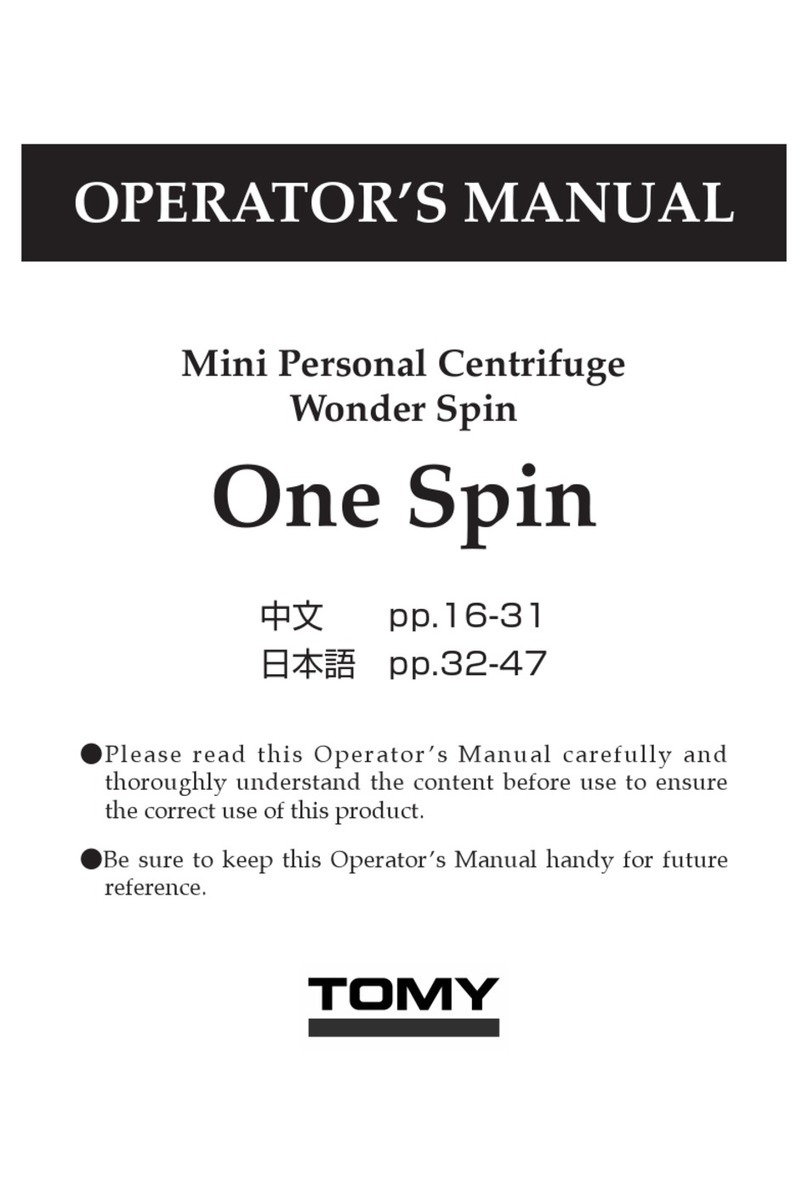
Be sure to provide protective
grounding.
Contravention is dangerous with likelihood
of explosion, electric shock, or malfunction.
Do not use a gas pipe or water pipe
etc. for protective grounding.
Contravention is dangerous with likelihood
of explosion, electric shock, or malfunction.
Do not touch the power supply
switch with wet hands.
Contravention is dangerous with likelihood
of electric shock.
Do not open the chamber lid until the
pressure falls to 0 MPa.
Contravention is dangerous with likelihood
of death or serious accident due to blowout
from sterilized articles or steam when the
lid is opened while raised pressure remains.
Do not bend the exhaust hose.
Contravention is dangerous with likelihood
of damage to parts and burns, injury, or
serious accident due to explosive breakage
because the pressure will rise abnormally
when exhaustion is not carried out
smoothly.
When the pressure gauge is not
working normally, cease operation.
Contravention is extremely dangerous
because any abnormality of the inside of
the chamber cannot be detected. Contact
the dealer or business institution of our
company.
Be extremely careful of steam
emanating from the inside of the
chamber when opening the chamber
lid.
Contravention is dangerous with likelihood
of scalds or injury because steam emanating
from the inside of the chamber has an
extremely high temperature.
Do not sterile sealed articles.
Contravention is dangerous with likelihood
of burns or serious accident due to
explosive breakage during removal of
articles. In addition, contravention is
dangerous with likelihood of damage to
parts, or burns or serious accident due to
explosive breakage because the pressure in
the chamber may rise abnormally.
Do not sterilize glass equipment
having cracks or scratches.
Contravention is dangerous with likelihood
of burns or serious accident due to blowout
during removal of equipment.
Do not block the hole in the inside
of the chamber with articles to be
sterilized.
Contravention is dangerous with likelihood
of serious accident such as blowout from
the chamber because the pressure in the
chamber cannot be controlled when the
exhaust hole in the inside of the chamber is
blocked by articles to be sterilized such as a
sterilizing bag. Make sure that articles to be
sterilized are placed in the basket provided
etc. so that the vicinity of the hole is not
blocked.
Stop operation immediately when the
pointer of the pressure gauge reads
above the red line during operation.
Contravention is dangerous with likelihood
of damage to parts and burns or serious
accident due to explosive breakage. Stop
operation immediately and contact the
dealer or business institution of our
company.
Do not obstruct the vicinity of the
safety valve during operation.
Do not block the safety valve hole.
Contravention is dangerous with likelihood
of serious accident such as blowout from
the chamber because the pressure in the
chamber cannot be controlled.































